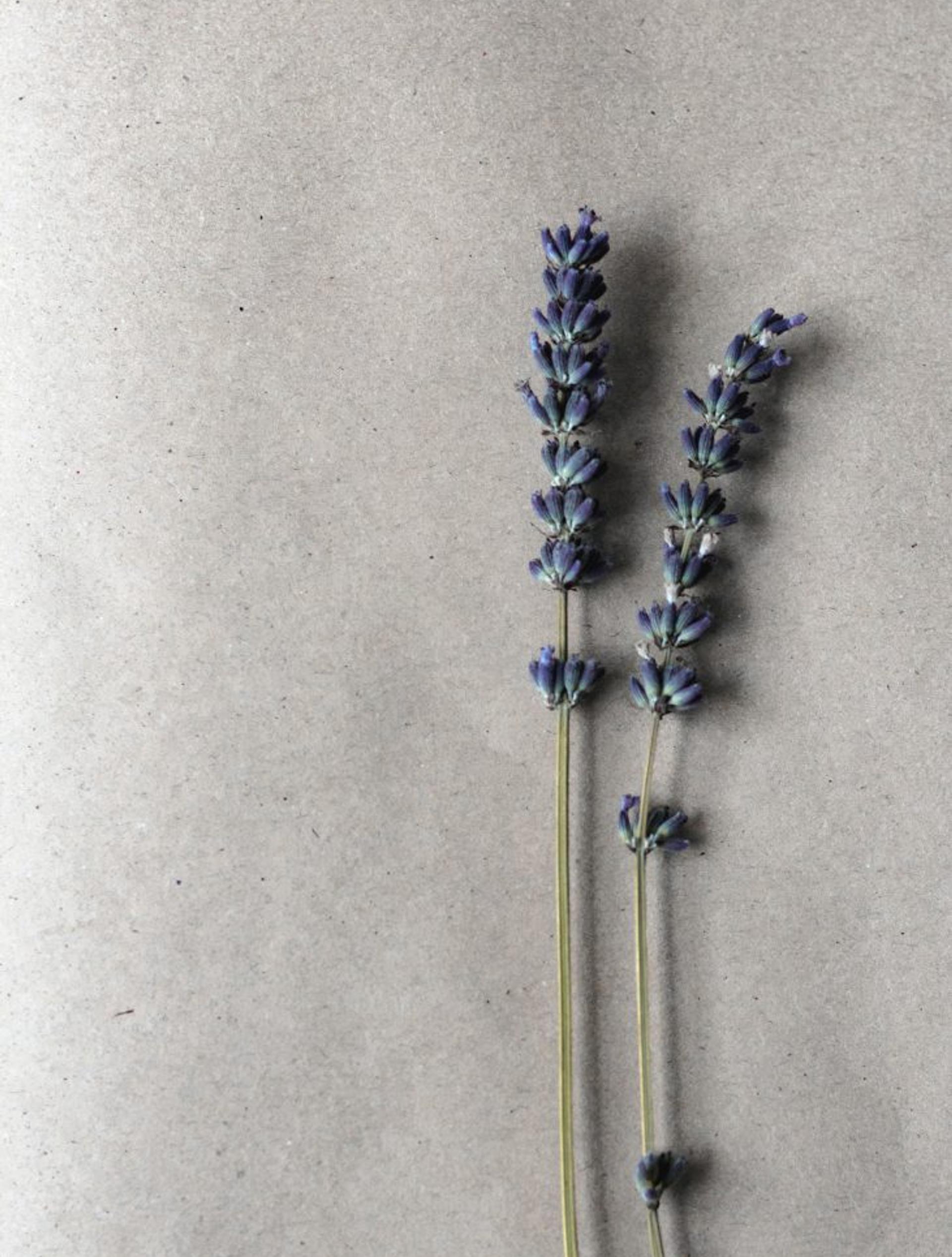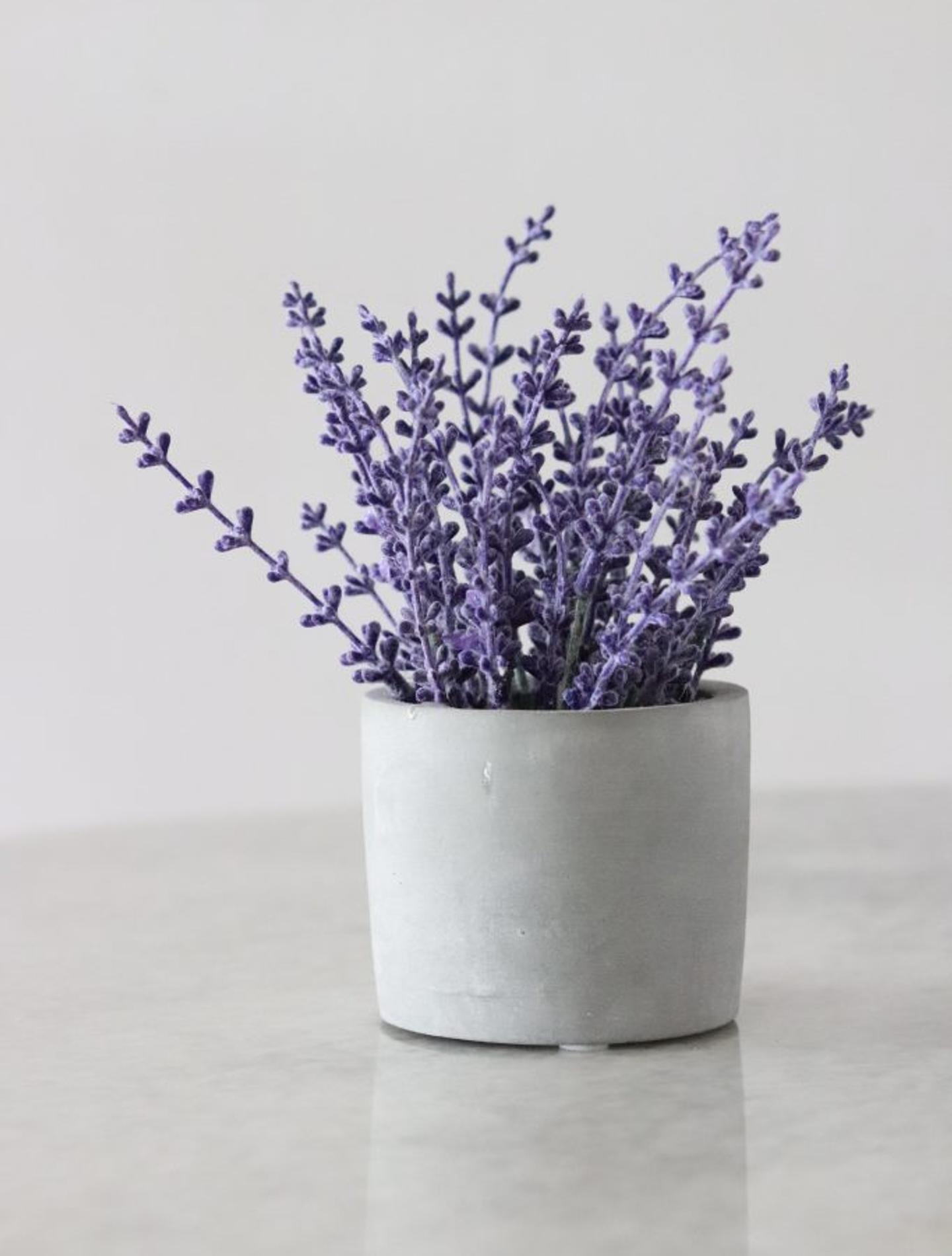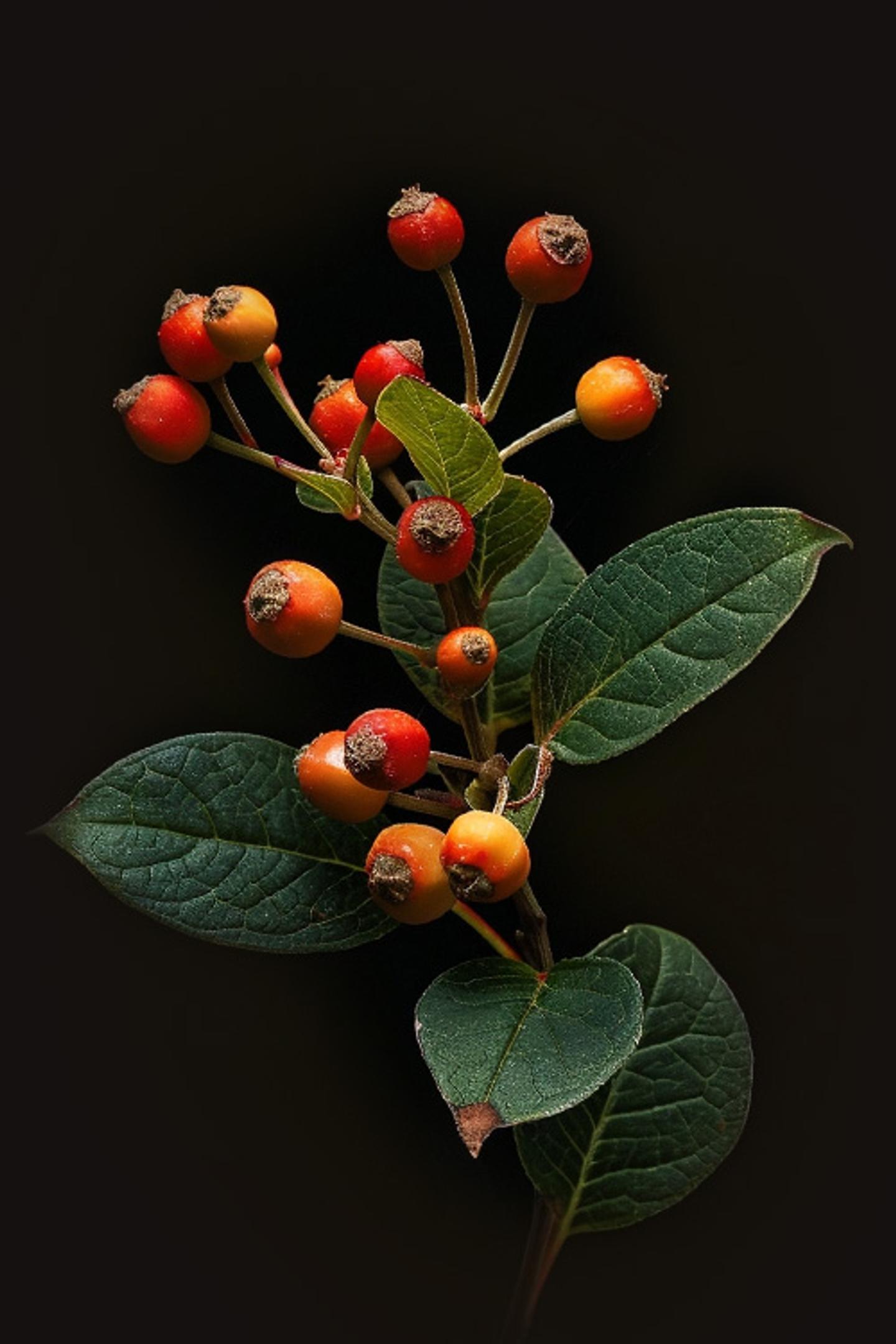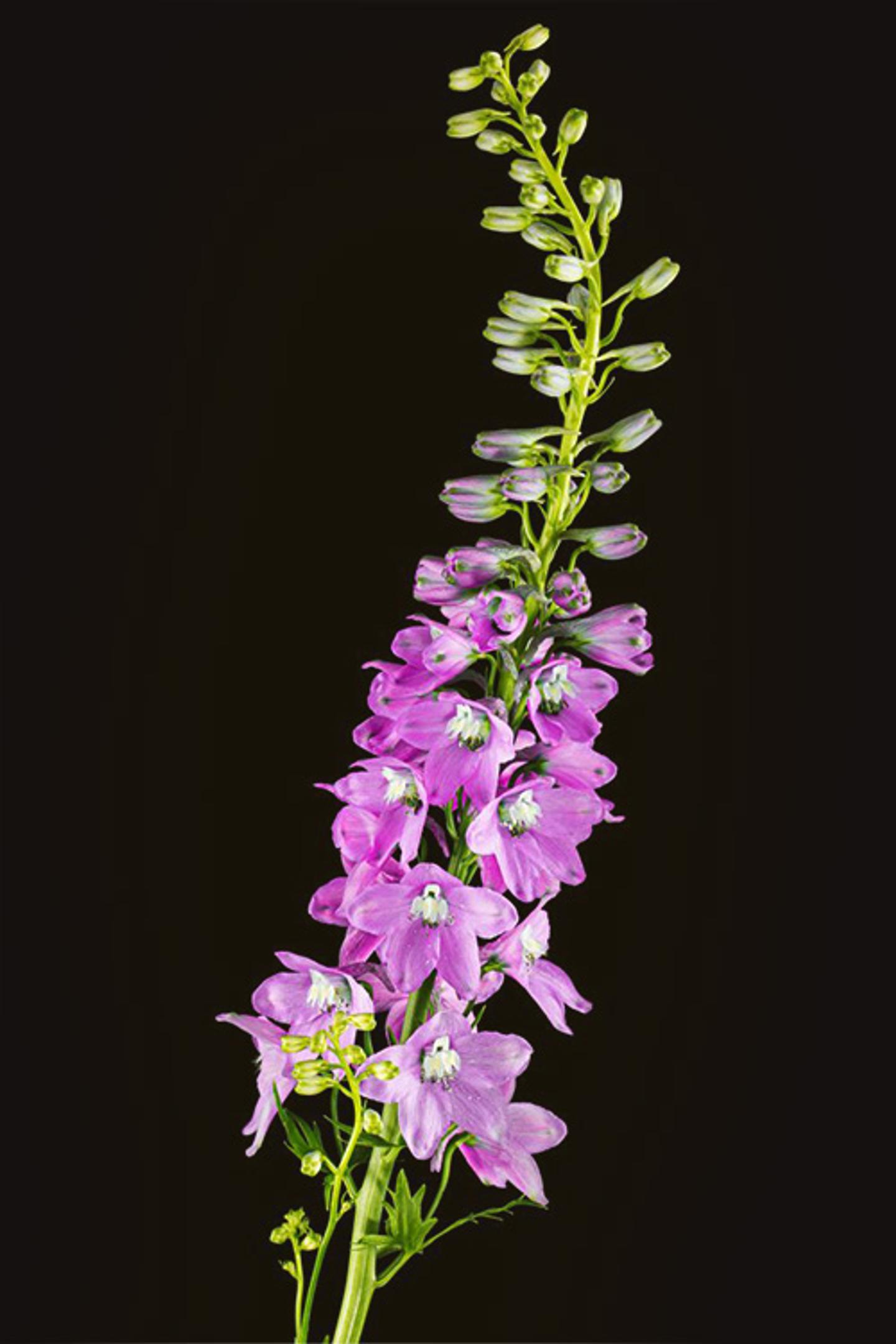Flower Meanings
Lavender


The Meaning of Lavender
Before we get into it, let’s talk about some of the most popular meanings of the lovely lavender, shall we?
- Purity
- Silence
- Devotion
- Caution
- Serenity
- Grace
- Calmness [1]
As we’re sure you know, lavender is a pretty popular flower most widely known for its aroma, culinary, and even medicinal properties. But they also have quite a wide range of meanings as well!
The English word lavender comes from the Latin verb lavare meaning, ‘to wash’ or ‘to bathe.’ This comes from the Ancient Romans and Greeks who would use lavender in their baths (much like many of us do today!) and as an antiseptic and perfume.
A wondrous bloom with its lovely fragrance we all know and love has passed from culture to culture and century to century and used for a variety of different purposes.
Ancient Egyptians used lavender as an embalming product, giving it the meaning of eternity and beauty. The people of the Roman Empire related the bloom to femininity and refinement.
During the Middle Ages, monks cultivated lavender and used it as a healing herb, associating the flower with health.
Early Victorians used lavender as a fashionable perfume giving it the meaning of luxury.
Lavender is also known to be used in witchcraft and contains magical attributes that may help to improve sleep, release mental blocks, calm yourself in critical situations, and even attract men. [2]
What Does Lavender Smell Like?
Widely known for its lovely, calming aroma, lavender has a delicate, sweet smell that is floral, herbal, and evergreen woodsy at the same time. [6]

"Hot lavender, mints, savoury, marjoram; The marigold, that goes to bed wi’ the sun And with him rises weeping: these are flowers Of middle summer, and I think they are given To men of middle age."
Shakespeare
The History of Lavender
Lavender dates back to more than 2,500 years.
Ancient Egyptians used lavender in their mummification process as well as as a perfume, while ancient Romans used it for cooking (and perfume too, who could resist, even then!).
In the 7th century, lavender was commonly cultivated in Arabia and later brought to Spain.
Researchers have found that early Romans used lavender as an insect repellent too – a bloom of many purposes!
Lavender also gets an honorable mention in the Bible. It is mentioned by the name of “spikenard.” In John 12: 1-8, Mary anoints Jesus and wipes his feet with an “expensive ointment.”
Jumping up to the 17th century, plague doctors used lavender to fill their masks during the Great Plague in London. The belief was the aroma from the lavender would protect them from the disease.
Medieval Europe went absolutely bonkers for this bloom!
Charles VI demanded that all of his pillows be filled with sprigs of lavender. Meanwhile,
Queen Elizabeth required fresh lavender in the home every single day.
Louis XVI absolutely loooved a good lavender-scented bath too.
It is believed that lavender was one of the first herbs to be brought to the Americas by colonists. Some sources even claim that the Shakers were the first ones to begin cultivating lavender commercially.
Today, the biggest commercial cultivation centers of lavender are France, England, Australia, New Zealand, Canada, the U.S., and Italy. [2]
DID YOU KNOW - Lavender Fun Fact
According to the U.S. Lavender Growers Association, there are over 45 species of lavender and more than 450 different varieties. [3]

How to Grow Lavender
Of course you want to grow some of your own lavender!
Let’s “dig” into it.
A lovely little perennial lavender is a great plant to attract butterflies, bees, and other pollinators to your garden.
When & Where To Plant:
- Light: Lavender needs full sun and well-draining soil. In hot summer climates, afternoon shade could help them thrive.
- Soil: Lavender will grow best in low to moderately fertile soils, so don’t amend the soil with organic matter. They do prefer slightly alkaline soils, so feel free to add a bit of lime to raise the pH of the soil.
- Space: Space your plants about 1 to 3 feet apart.
- Plant in early spring or early summer!
How to Plant:
- Dig a hole that is twice as deep and twice as wide as the root ball of your lavender plant.
- Plant your lavender with the top of the root ball, even with the soil line.
- Backfill the soil around the plant and press firmly.
- Water to compress the soil and remove all air pockets. Only water your lavender if both the plant and overall conditions in your garden are very dry in the upcoming weeks after planting.
- Beware of standing water as lavender is known to get root-rot if over-watered! [4]
DID YOU KNOW - Lavender Fun Fact
Lavender plants don’t just come in lavender! You can also find the flowers in white, pink, and blue violet! [3]

How to Care for Lavender
Once you’ve brought your fresh lavender indoors, cut about an inch off the bottom of the stem and place them in a wide-mouth vase.
Add about 2 inches of fresh water to the vase and allow the lavender to take up all of the water.
If you want your lavender to dry, don’t add more water, as the bundle with dry in place and last for months! [5]
When to Send Lavender as a Gift
By giving lavenders to a person you care about, you tell that you consider this person as a pure and virtuous person! One of the lavender meanings is peace, so by giving the flowers, you could also wish that person inner peace and silence. [2]

References:
- 1 - flowermeaning.com
- 2 - Flower Meaning
- 3 - BHG
- 4 - American Meadows
- 5 - Local Harvest
- 6 - Fern Editions
Flower Meanings — keep discovering

Hydrangea
What are those giant bushes covered in perfumed blue and pink clusters of flowers? Why hydrangeas, of course! Just as popular in bridal bouquets as adorning your country home, these blooms are nothing if not versatile.

Hypericum Berries
Hypericum, otherwise known as the gift that keeps on giving. Why? After they’ve finished flowering, they produce beautiful, festive berries!

Iris
Who doesn’t want to feel like royalty? The iris is an age-old flower of stature and wealth, dating back to ancient Egyptian palaces, and a sure-fire way to make your home feel like a palace, too. So it’s simple: add some irises to your studio apartment and, voila! your very own chateau.

Larkspur
Larkspur is a member of the Ranunculaceae family and is native to the Northern Hemisphere and the mountains of tropical Africa. Pro Tip: Don’t let your eyes fool you! While undoubtedly beautiful, Larkspur is toxic to humans and livestock.

Hydrangea
What are those giant bushes covered in perfumed blue and pink clusters of flowers? Why hydrangeas, of course! Just as popular in bridal bouquets as adorning your country home, these blooms are nothing if not versatile.

Hypericum Berries
Hypericum, otherwise known as the gift that keeps on giving. Why? After they’ve finished flowering, they produce beautiful, festive berries!

Iris
Who doesn’t want to feel like royalty? The iris is an age-old flower of stature and wealth, dating back to ancient Egyptian palaces, and a sure-fire way to make your home feel like a palace, too. So it’s simple: add some irises to your studio apartment and, voila! your very own chateau.

Larkspur
Larkspur is a member of the Ranunculaceae family and is native to the Northern Hemisphere and the mountains of tropical Africa. Pro Tip: Don’t let your eyes fool you! While undoubtedly beautiful, Larkspur is toxic to humans and livestock.
Ready to send beautiful flowers?
Our guided experience helps you send a one-of-a-kind arrangement perfect for every occasion.
Send Flowers